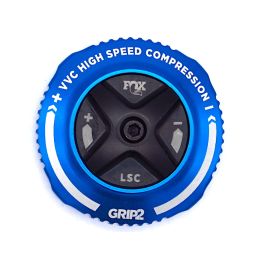Hey team.
I picked up a sh dh rig that came with a new fox 40 performance.
I'm trying to dial it in. But I think the compression dampening is too weak. I'm at 4 volume spacers full compression and am still blowing through too much travel.
I've set the sag and small bump to how I like it. If I ad more air pressure small bump performance starts to suffer.
I'm out of the loop of aftermarket kits or upgrade options.
I don't want to spend too much $ on this bike. What's the mosr cost effective option to improve the fork?
I picked up a sh dh rig that came with a new fox 40 performance.
I'm trying to dial it in. But I think the compression dampening is too weak. I'm at 4 volume spacers full compression and am still blowing through too much travel.
I've set the sag and small bump to how I like it. If I ad more air pressure small bump performance starts to suffer.
I'm out of the loop of aftermarket kits or upgrade options.
I don't want to spend too much $ on this bike. What's the mosr cost effective option to improve the fork?





